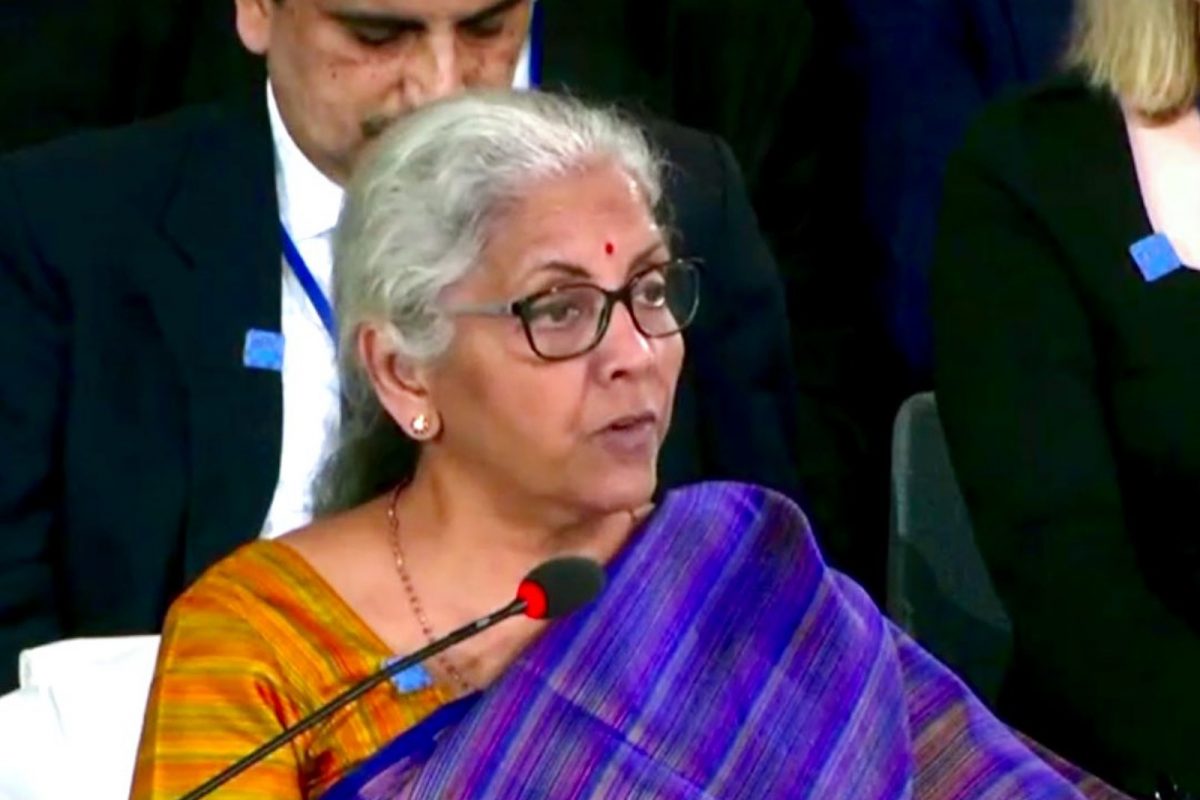New Delhi: India is set to become the world’s second-largest economy by 2075, leaving not just Japan and Germany but also the US behind, Goldman Sachs said in its latest report. Currently, India is the world’s fifth-largest economy, behind Germany, Japan, China and the US. Innovation and technology, higher capital investment and rising worker productivity will help India’s economy in the coming years, the investment bank wrote.
“Over the next two decades, the dependency ratio of India will be one of the lowest among regional economies,” Goldman Sachs research’s India economist Santanu Sengupta said. The dependency ratio is measured by the number of dependents against the total working-age population.
Santanu Sengupta said that the key to drawing out the potential of India’s rapidly growing population is to boost the participation of its labor force. India will have one of the lowest dependency ratios among large economies for the next 20 years, he said.
“So that really is the window for India to get it right in terms of setting up manufacturing capacity, continuing to grow services, continuing the growth of infrastructure,” he explained.
Goldman Sachs said in the report that this is an appropriate time for the private sector to scale up on creating capacity in manufacturing and services. This will help in generating more jobs in the country and absorb a large labor force, the investment bank noted.
Goldman predicted capital investment will be another significant driver of India’s growth. “India’s savings rate is likely to increase with falling dependency ratios, rising incomes, and deeper financial sector development, which is likely to make the pool of capital available to drive further investment,” Goldman’s report stated.
“The labor force participation rate in India has declined over the last 15 years,” the report noted. Women’s participation rate in the labor force is “significantly lower” than men’s, it said, adding, “A mere 20% of all working-age women in India are in employment. The low figure could be due to women being primarily engaged in work not accounted for by the economic measures of formal employment, it said.
Net exports have also been a drag on India’s growth, because India runs a current account deficit, Goldman Sachs said.





